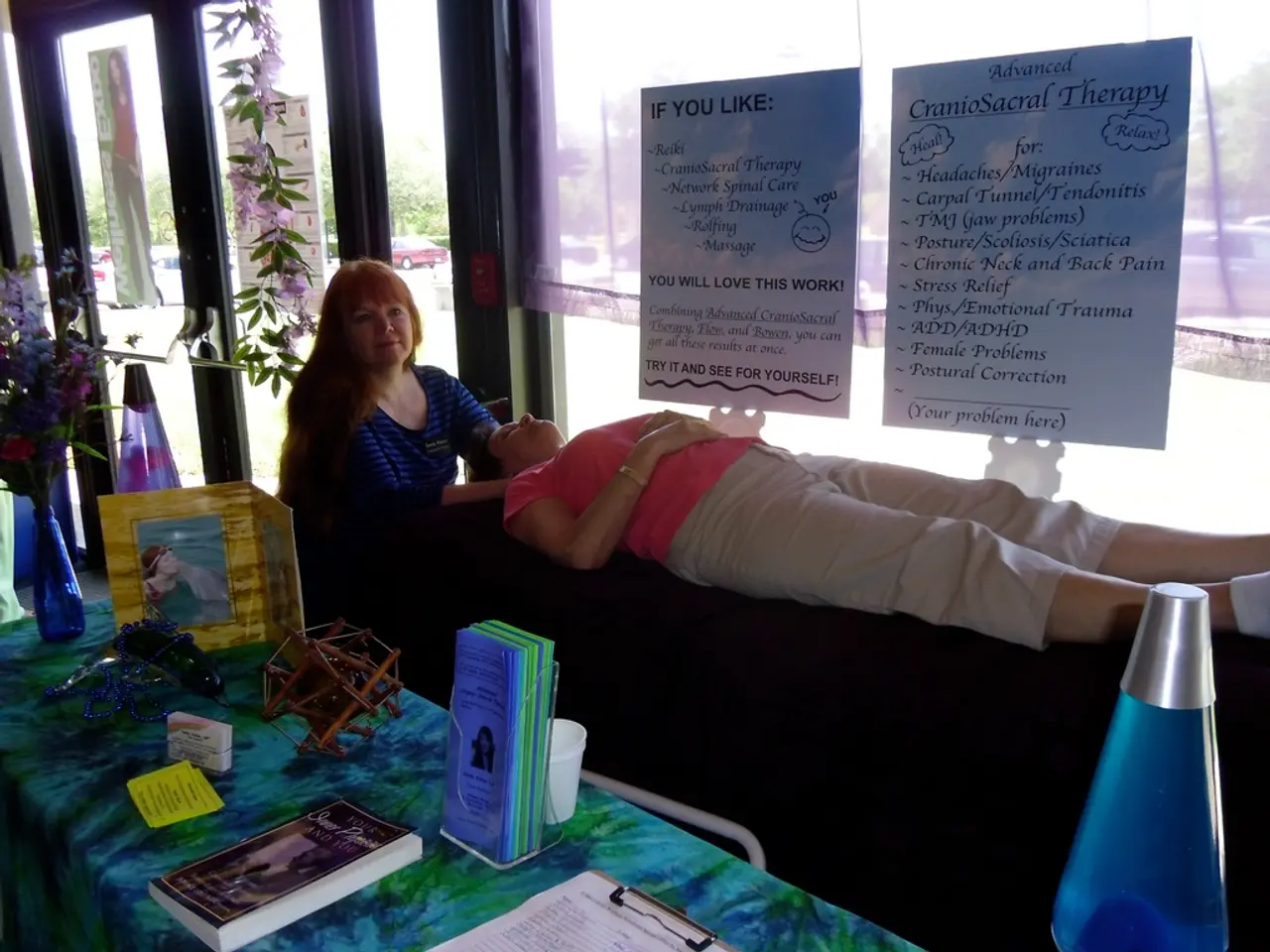Depression in older adults: distinct and frequently underestimated
In the later years of life, depression can often be a hidden mental health issue that goes unnoticed. According to the Robert Koch Institute, around 6% of people aged 70 to 79 are diagnosed with depression each year. This statistic highlights the need for increased awareness and understanding of depression in older adults.
Depression in older adults can manifest in various ways, often focusing on physical ailments rather than questioning one's mental state. Symptoms can include persistent sadness or emptiness, loss of interest in activities once enjoyed, feelings of hopelessness, helplessness, or irritability. Physical symptoms may include fatigue or persistent tiredness, changes in appetite leading to weight loss or gain, sleep disturbances, unexplained aches and pains, and digestive issues. Cognitive symptoms can include difficulty concentrating, increased forgetfulness or confusion, and indecisiveness.
These symptoms can sometimes be subtle and differ somewhat from depression in younger people. Older adults may not always report feeling sad but rather express fatigue, irritability, or physical complaints instead. This discrepancy can lead to the diagnosis of depression being missed, which can have serious consequences, including an increased risk of suicide.
It is important to note that depression in old age can sometimes exhibit symptoms similar to early dementia, such as concentration problems, memory lapses, or slowed thinking and speaking. However, the main difference lies in the nature and progression of cognitive problems. Memory difficulties in depression often fluctuate and can improve with treatment, whereas in early dementia, memory loss is gradual, persistent, and worsens over time.
Clinicians use detailed history, cognitive tests, and sometimes imaging or biomarkers to differentiate between depression and early dementia in older adults. Special tests like the Geriatric Depression Scale (GDS) are used in diagnosing depression.
Depression in old age is treatable, and treatment is equally important in older patients as in younger ones. Both psychotherapy and medication have been proven effective in treating depression in older individuals. Timely treatment of depression reduces the risk of suicide, which is often a result of a psychiatric illness.
It is crucial to discuss depression openly and not overlook it in diagnosis, leading to inadequate treatment. If you have suicidal thoughts or behaviour, seek medical advice immediately. Statements like "I can't go on" or "I don't want to go on" indicate signs of suicidality and should be taken seriously.
In conclusion, depression in older adults is a common mental illness that often goes unnoticed. It is important to recognise the emotional, physical, and cognitive signs of depression in older adults and seek appropriate treatment to reduce the risk of suicide and improve quality of life.
Older adults may experience depression in ways that are different from younger people, often presenting with physical symptoms such as fatigue, changes in appetite, sleep disturbances, and unexplained aches and pains. These symptoms can be subtle and can sometimes mimic early signs of dementia, making it crucial for clinicians to use detailed histories, cognitive tests, and other diagnostic tools to differentiate between depression and dementia in the elderly.
Remaining vigilant about mental health and wellness in older adults is essential, as depression in this age group can increase the risk of suicide. It's important to discuss mental health issues openly, to seek appropriate medical advice if suicidal thoughts arise, and to prioritize mental health treatment for older individuals, just as we would for any other age group.




